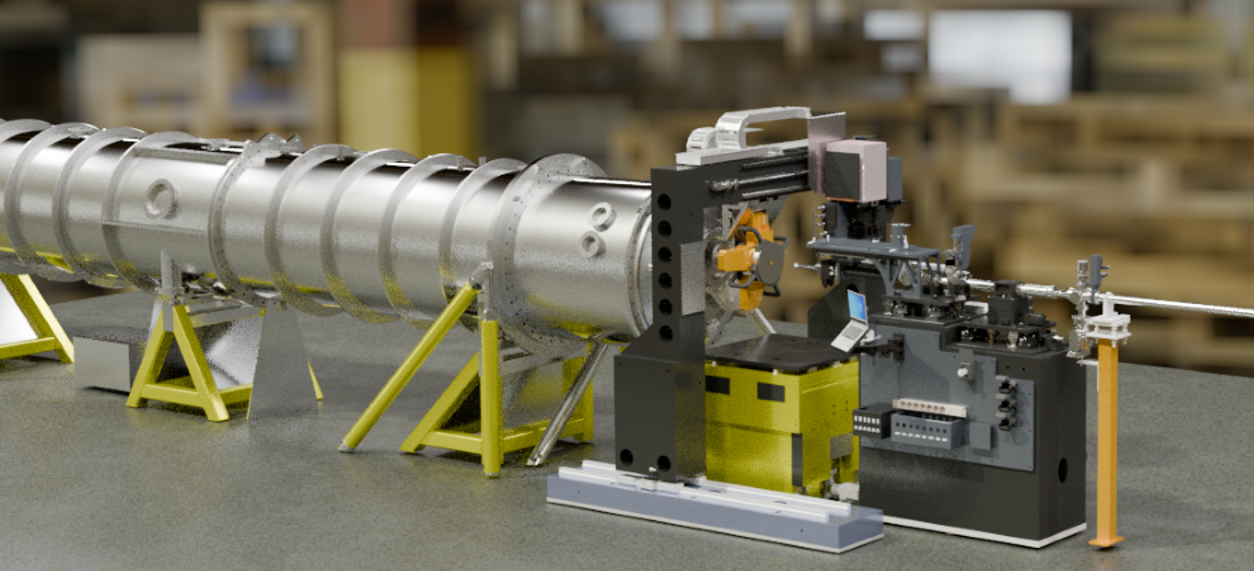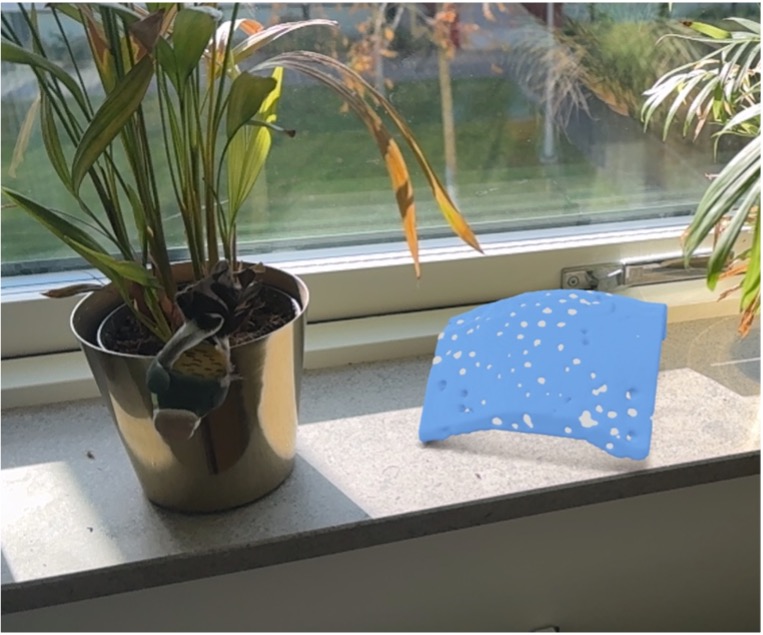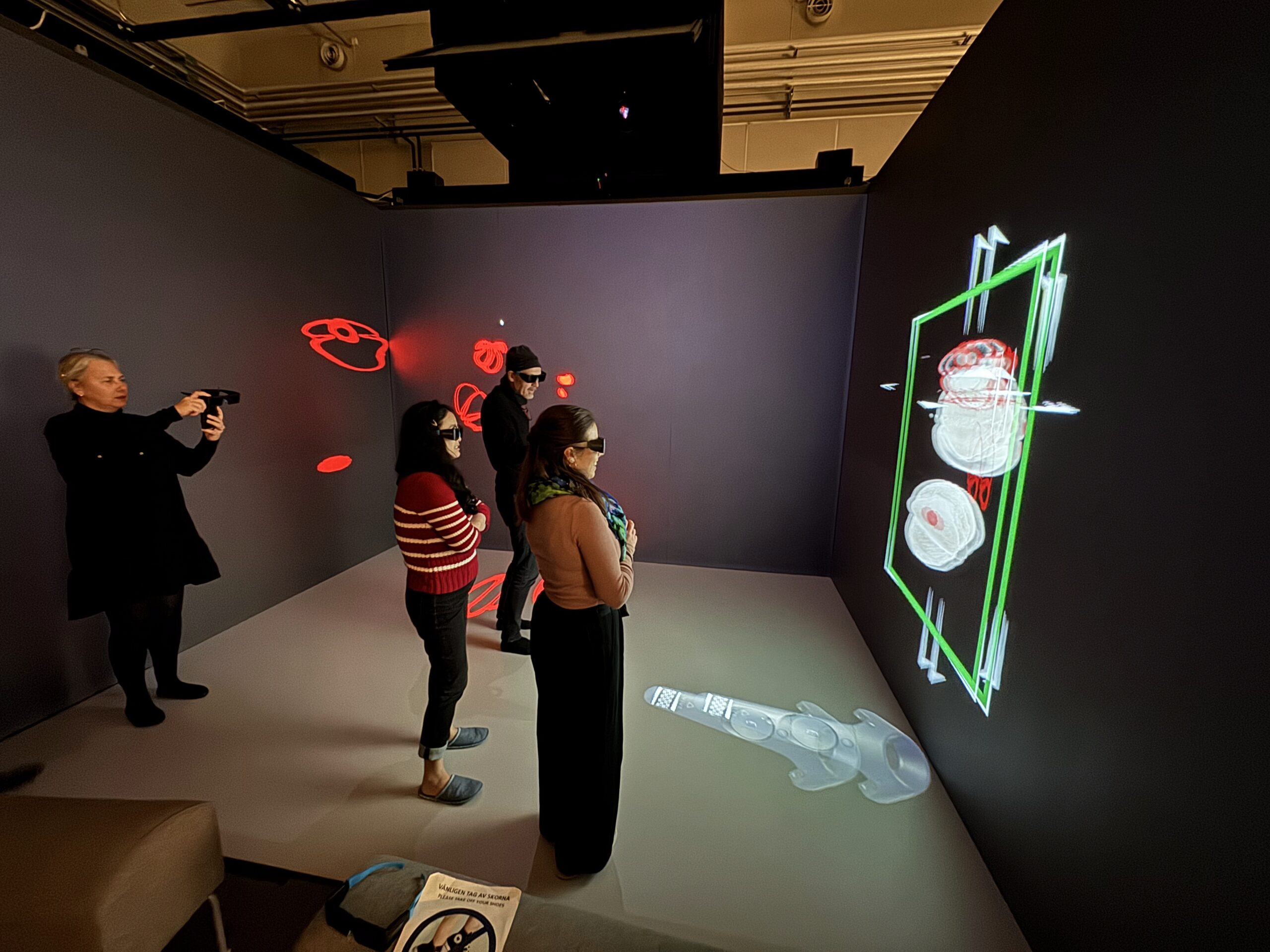Infrastructure Development
This is a curated selection of projects that InfraVis has engaged in towards developing a competency of its application experts as well as its collaboration mechanisms with other infrastructure projects.
-
The Postcard Project
The project’s primary objective is to connect a collection of postcards about climate change with actual climate monitoring data and data about economic inequality.
-
Constructing a virtual Synchrotron X-ray beamline
Researchers from InfraVis and MAX IV are developing virtual environments from CAD drawings for education, training, and virtual experiments. Using Blender and Unreal Engine 5, the team optimizes complex geometries for immersive visualization of beamlines like ForMAX at MAX IV. Future work focuses on topology optimization for seamless VR experiences.
-
Interactive tools for visualisation of DNA, RNA, and protein structures
Joakim Bohlin, InfraVis Application Expert, developed interactive tools for visualizing DNA, RNA, and protein structures. His work includes oxView for DNA nanotechnology, oxJenga for VR simulations of DNA origami, and Vrotein, a web app for protein visualization using VR/AR. These tools were showcased at MAX IV Users’ Meeting 2025.
-
Inspecting tomographic datasets and Protein Data Base files in Augmented Reality – the perfect tool for an immersive poster session
The InfraVis node at Lund University has developed an application and workflow to visualize tomographic datasets in the immersive CAVE system at the Virtual Reality laboratory at LTH – Faculty of Engineering. The workflow was originally made for the LINXS hackathon SynchroMage: 3D Tomography and Visualisation for Earth’s Hidden Treasures – Environment and Climate theme,…
-
Volume and slice visualization in the CAVE at LTH’s VR lab
The InfraVis node at Lund University has developed an application and workflow to visualize tomographic datasets in the immersive CAVE system at the Virtual Reality laboratory at LTH – Faculty of Engineering. The workflow was originally made for the LINXS hackathon SynchroMage: 3D Tomography and Visualisation for Earth’s Hidden Treasures – Environment and Climate theme,…





